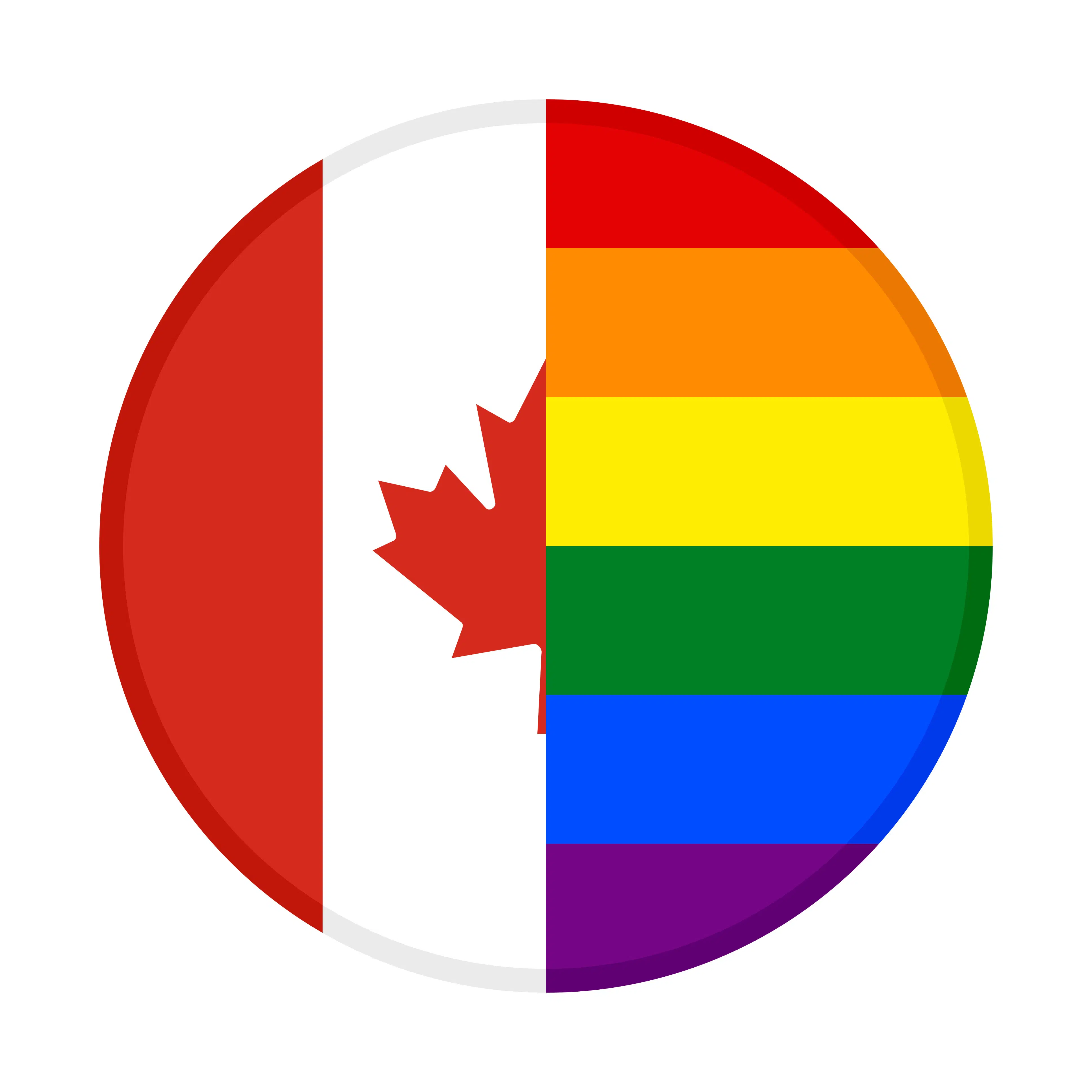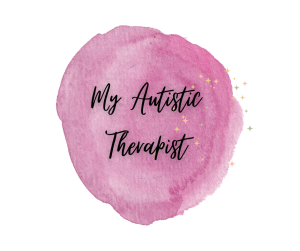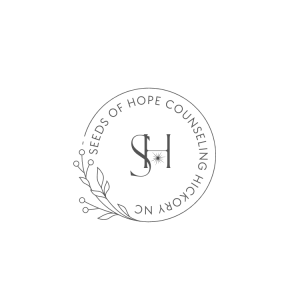Canada is now the first country to provide census data on transgender and non-binary people. Last year’s 2021 census recorded 31,555 trans women, 27,905 trans men, and 41,355 non-binary people in the survey. In other words, there are about one in 300—or 0.33 percent—of Canadians over 15 under the transgender umbrella.
LGBTQ2S+ advocates were thrilled when these numbers were revealed. This was the first time Canada’s census collected transgender and non-binary people data.
What Were Some Other Census Data Results?
The census data determined that Nova Scotia had the highest proportion of transgender and non-binary people of any other province, at 0.48 percent. Then it was followed by Yukon (0.47 percent) and British Columbia (0.44 percent). For the lowest rates, Quebec had only 0.23 percent.
Statistics Canada also reports that Yukon is home to only 155 trans and non-binary people; however, it features the most extensive trans healthcare coverage in all of Canada. In addition, its provincial government provides funding for various gender-affirming procedures, therapies, and medications.
Another discovery in the 2021 census from Statistics Canada was that “gender diversity was highest among those aged 20 to 24.” Nearly one in 100 respondents identified as transgender, compared to about one in 700 from ages 65 and older.
Statistics Canada believes this data could result from younger Canadians having access to “virtual support communities and answers to questions that were less accessible to older generations.”
Have Other Countries Done Anything to Include Transgender and Non-binary People in Their Data?
As previously mentioned, Canada is the first country to collect data on gender identity in its census. Some have tried to determine the numbers for their trans populations in other countries. Belgium and New Zealand are two countries that discovered that 0.5 percent of their population was trans. These results came from survey-based data.
In addition, Ireland, England, Wales, and the United States participated. The results were as follows:
- Ireland (0.6 percent)
- England and Wales (0.6 percent)
- The United States (0.8 percent)
These numbers were from released data in 2021 based on non-representative samples.
What’s the Difference Between These Data Collections and Canada’s Census Data?
Even though the 2021 census conducted in England, Wales, and Northern Ireland occurred slightly earlier than the Canadian one, the difference is that the question was voluntary. The same can be said for the Australian census. As a result, these countries have more of a representative estimation than a total count of people in their nations.
Also, Scotland will be asking a voluntary question on its first census data regarding transgender identities. New Zealand will be preparing two questions for its census next year that will ask their population about sex and gender, just like they did in Canada.
Why Is the Census Data Necessary?
This data will allow governments, businesses, and other organizations to tailor their services to be inclusive of the transgender and non-binary communities in Canada.
In addition, this data includes the lived experience of trans people when it has otherwise been excluded. In other words, the government is starting to recognize that transgender people exist. They can also now determine how to help trans people better regarding interventions, resources, healthcare, etc.
Read more: Transgender Youth and Healthcare
Is There Still Room for Improvement?
Even though including trans and non-binary people in the census is an excellent step, there is still a long way. Some people in the LGBTQ+ community believe it should have been incorporated many years ago and that it is finally time.
In addition, the government and private sector must take action based on the data results. That way, there can be more affirming health care for transgender people. The government will also need to address other issues transgender people face, like higher unemployment rates.
Some members of the LGBTQ+ community also took issue with there only being two options for gender or sex and then a third unspecific option. The options were “male,” “female,” or “please specify this person’s gender.”
Respondents had the opportunity to fill in whatever identity they used for their gender, and it was intended to include gender diversity.
This method considered the opinions from consultations and focus groups featuring trans and non-binary people. Then, it was tested through a census trial in 2019, which reached 150,000 Canadian households.
However, many critics pointed out that these gender questions still “other” those who don’t identify along the gender binary. There could have been more boxes with various identities that someone could check.
Doing so would show that whoever created the form recognizes diverse identities instead of having to leave the space blank.
In Summary
Canada being the first country to include trans and non-binary people in their census, sets an excellent example for other countries to do the same. While this data is a massive win for the trans community, many more things can be done to incorporate trans and gender non-conforming individuals into society.















